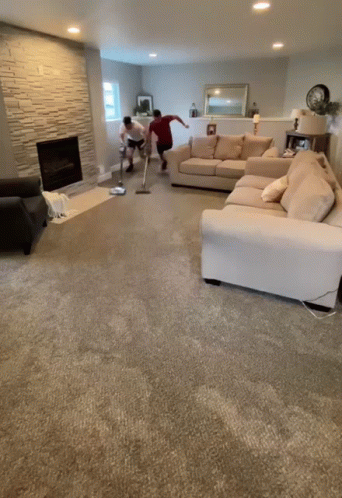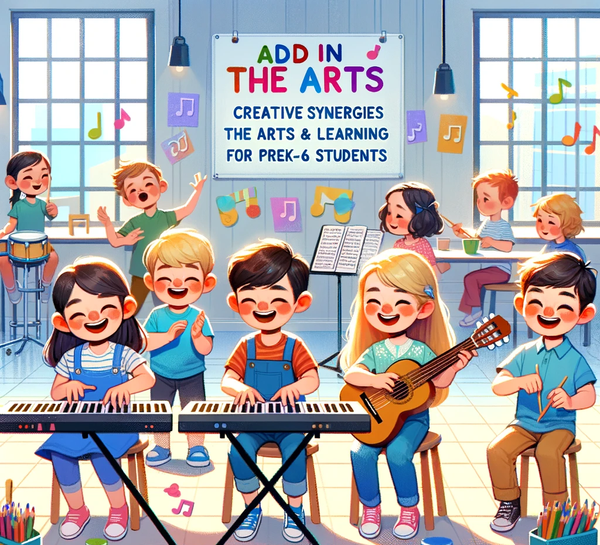In part 1 of Motivating Learners, we suggested common root causes behind lackadaisical learning (and discussed peanut butter). Today, we brainstorm principles for mustering student motivation.

When children (or adults!) lack learning motivation, there’s a good chance that somehow and somewhere along the way, the dreaded demotivation vacuum sucked up their joy of learning. The result? Idle cycles and lackadaisical learning.

How can we dilute idle cycles, jumpstart joy and reinfuse that elusive magic spark for learning?
Ultimately, motivation bubbles up from within, for learners of all ages. Give students a boost up Mount Motivation with these tips.

In part 1, we covered the biggies – boredom, discouragement, dominant learning style-lesson mismatch, home/learning environment challenges, disconnection and physical factors.

No two learners develop at the same pace. Motivation levels ebb and flow. Anticipate and map out strategies ahead of time to remain buoyant during these waves. Don’t panic when an idle cycle tsunami threatens; instead, activate your preparedness plan.

Study your students. Figure out what makes them tick. What excites them? What are they doing when you see them “come alive?” Those are magic spark activities!

Your learner may light up playing with his baby sister’s toes, baking cookies, building marvelous Lego creations, riding his bike, talking with his grandma or shooting baskets. The precise activities don’t matter. What matters is figuring out which activities spark the magic in him.

Create a “motivation menu” of magic spark activities for each student. Keep it fun, unexpected, proportional to the magnitude of completed lessons and simple to execute!
Teacher Tip: Factor in time constraints and responsibilities you’re juggling. For example, offering your learner a bike ride around the block after finishing his writing assignment may be an easily doable 10-minute proposition. Conversely, suggesting a 10-mile jaunt at a trail 30 minutes away might stretch your energy and time budgets too thin… and create unrealistic future expectations in your student’s mind by providing an over-the-top reward for a straightforward lesson.

Space micro-motivation breaks strategically between learning modules, so students know rewards are just around the corner! (And don’t forget to use the egg timer!)

As adults, we understand part of life involves doing things we might not feel like doing. Gently introduce this idea using simple, age-appropriate terms and examples.

Motivation Menu Ideas to Get You Started
Possibilities for magic spark activities abound! Look no further than your one-of-a-kind students for unique ideas to generate joy.

If a student seems bored, craft supplemental, special interest-led learning activities she “gets to do” after completing her normal lessons. Alternatively, accelerate her studies to increase mental challenge.

If a learner seems discouraged, work alongside him during his lessons. Provide timely assistance and keep concentration momentum moving. Break lessons down into bite-sized chunks to avoid overwhelm.

If dominant learning style-lesson mismatch or disconnection seem to be in play, keep an open mind to the possibility that the child who gives you a run for your money with getting school done may need a different approach or educational model than your other students.

If the home/learning environment makes concentration difficult for your student, consider bringing her to the library to do her work or carving out a quiet office nook. Alternatively, an outside classroom might fit the bill.

If physical factors could be contributing to your learner’s lack of motivation, start with consistently improved nutrition, sleep and exercise habits. Too much sugar and not enough sleep and exercise can turn joyful students into crabcakes.

Mustering motivation is not a science. It is the art of observing and knowing your learners. Children’s magic spark activities may vary from week to week…or even daily! Anticipate these normal fluctuations, plan for and roll with them…and watch for baby steps up Mount Motivation.

edTonomy is self-guided, permission-less education. We serve the visionaries, the edupreneurs, and the microschool pioneers who innovate and create lasting impact beyond the classroom, turning educators into entrepreneurs and redefining 'classroom' as any space where learning happens.












Member discussion